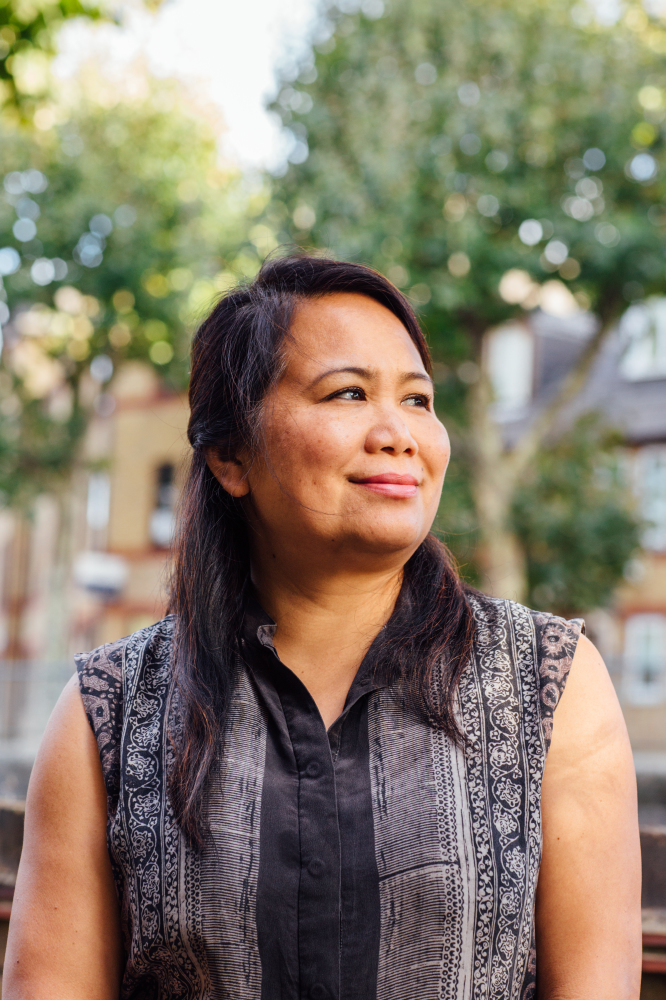Thailand is renowned for its delicious food, but finding strictly vegetarian snacks and meals can be tricky in a country where fish sauce is the king of the kitchen! That's why Saiphin Moore has taken on the challenge of creating over 100 simple vegetarian Thai recipes in her brand new cookbook. Here, she lets us in on 10 top tips for Thai vegetarian cooking, so that you can get the best out of your meals when you head into the kitchen!

Saiphin Moore / Photo Credit: James Byrne
- Know your soy sauces: There are many types of soy sauces but the one I use the most is the light soy sauce. Its mild flavour and aromatic fragrant makes it the perfect substitute to fish sauce when cooking a veggie dish. It's very versatile and can be used in salad dressing, stir-fries, and noodle soups. Feel free to add a pinch of salt to increase the saltiness.
- There is more than one type of tofu: My favourite to cook with is medium firm because it holds the shape really well in all Thai dishes; it is especially great in curries!
- Mushrooms are great! Asian mushrooms are very versatile and come in all shapes and sizes; from Shiitake to Oyster to Wood Ear Fungus, each great in particular dishes. Mushrooms are staples in Thailand, especially when cooking vegetarian / vegan dishes. They're easily found at Asian groceries but are now readily available online and in larger supermarkets.
- Thai herbs are best when they're fresh: I try not to use dried Thai ingredients, especially lemongrass and sweet basil because their flavours can change drastically when dried. These are now commonly found in the UK, so you can always buy them fresh. Some ingredients are more resilient than others like Kaffir Lime Leaves, they can be frozen and kept up to 3 months without losing too much flavour and fragrance.
- Online Asian groceries are my best friends: I always shop from an online speciality store, not only for ingredients but for crockery too! I found my pestle and mortar, large noodle pots, and rice cooker from the internet.
- Butternut is my favourite veggie to cook with: Butternut is definitely the underdog of vegetables. It's available almost all year round and can be cooked in so many ways. My favourite way to cook it is to cut into long wedges and grill on the BBQ until it's charred on the outside but tender on the inside; perfect with a spicy salad dressing with lots and lots of fresh coriander and chillies.
- Always make your own curry pastes: It might seem like a time-consuming thing to do, but if you normally spend at least at an hour in the kitchen on the weekend then you can easily make your own batch of curry paste! They can be kept frozen for up to 6 months and, I guarantee, it will taste better than anything else you can buy off the shelf.
- Aubergines are a great meat substitute: I absolutely love aubergines in Thai dishes. Since the Thai green aubergines are not very easy to find overseas, you can use the Italian purple ones instead. One of my all-time favourite recipes from my new cookbook is the stir-fried aubergine with roasted chilli paste. Because I batter and deep-fry the aubergine chunks before stir-frying with the sauce, the final dish is an amazing mix of flavours and textures.
- Use day-old rice in fried rice: I often cook more rice that we need for each meal. The leftover, I immediately put in the fridge and save it for the next day when I make fried rice. It's best when you cook straight from the fridge so the rice doesn't go clumpy and soggy.
- Chillies, chillies, chillies: I absolutely love fresh bird's eye chillies, but they can be very spicy! If you want less spiciness, remove the seeds before cooking. These little ones are best used in fresh salads or in stir-fries. Larger chillies like red & green chillies are more commonly used in the curry pastes and curry garnishes as they are not as spicy and will add vibrant colours to the dish.

Rosa’s Thai Café: the Vegetarian Cookbook by Saiphin Moore, published by Mitchell Beazley, £20 www.octopusbooks.co.uk Photography by Louise Hagger.
Tagged in Vegetarian

